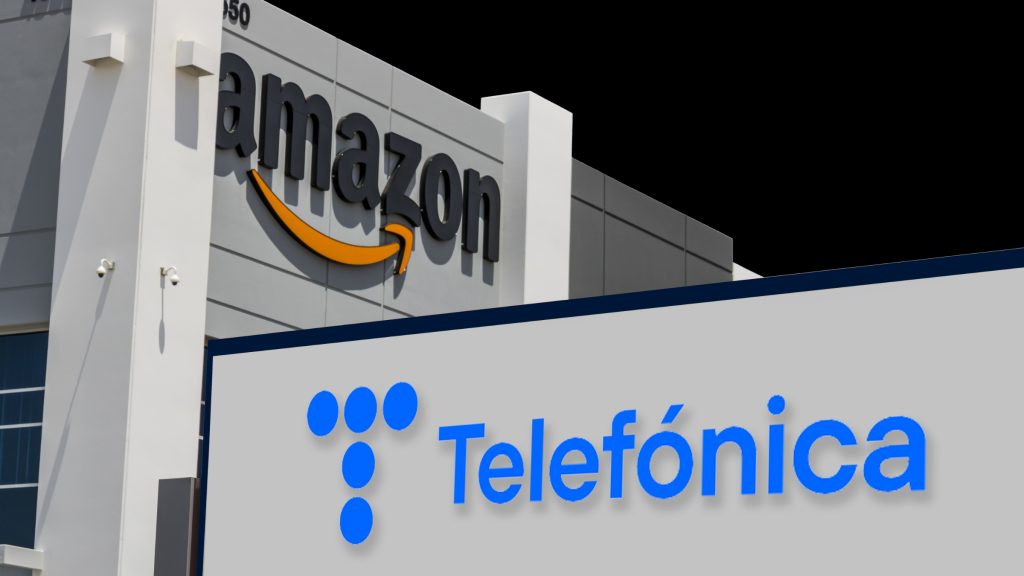
O2 Telefónica and Nokia are building a 5G core network on Amazon Web Services cloud.
- The telco will migrate one million 5G customers to the cloud later this month.
- This is the first instance where a telecom operator moves its existing core network to the cloud.
- While the move to a cloud-based core network offers scalability and efficiency benefits, security concerns persist.
O2 Telefónica is collaborating with Nokia to migrate one million 5G customers to the Amazon Web Services (AWS) cloud later this month.
O2 Telefónica’s new 5G Cloud Core is a 5G core network built entirely in the cloud. A core network, also known as a backbone network, is the central part of a communication network. It allows for the smooth and efficient flow of data between the various parts of a network. Its main responsibilities include routing traffic, directing telephone calls over the public switched telephone network, and more.
Traditionally, these core networks are hardware-based. However, O2 Telefónica’s 5G Cloud Core will be relying on cloud computing resources and services courtesy of Nokia and AWS. The former will provide the network equipment, while the latter will provide the cloud infrastructure.
Mallik Rao, Chief Technology & Information Officer at O2 Telefonica, is cautiously optimistic, stating, ” We are building our network of the future. I want to see it working for at least one to two quarters and have a roadmap to move at least 30-40% of my customer base by 2025-2026.”
This marks the first instant where a telco moves its existing core network to the cloud. Previously, U.S.-based telco, Dish, built its network on AWS infrastructure from the get-go, which was easier, according to AWS vice president Jan Hofmeyr. Telcos are usually apprehensive and cautious in this matter, as there are concerns over security, reliability, and control over sensitive data. As a result, they’ve moved some non-core operations to the cloud, including Vodafone and Deutsche Telekom.
A 2021 white paper, ‘Challenges Moving the 5G Core to the Public Cloud,’ outlined several of the obstacles that a telco needs to overcome to have an operational core network on the cloud. These include a delay in bringing services to market, network latency, regulatory issues, and more.
Having a core network on a public cloud is quite beneficial. Traditional networks struggle to scale up or down proportionately with the demand. In parallel, a public cloud is elastic and scalable. Deploying new services or even making changes to the core network can also be slow on a traditional core network, among other things.
So, O2 Telefónica’s new 5G Cloud Core solves a list of issues that plague traditional 5G core networks. However, it does not remedy all security concerns, despite cloud providers having robust security measures and constantly updating the system.
The telco will share infrastructure with other companies. In turn, this will make it vulnerable to attacks if something goes wrong with the shared infrastructure. Considering how sensitive the information telecom companies usually handle, this could turn into a scandal. Someone getting unauthorized access to this data is not so far-fetched, as moving a core network to a public cloud increases the number of potential entry points for attackers.
Inside Telecom provides you with an extensive list of content covering all aspects of the tech industry. Keep an eye on our Operators section to stay informed and up-to-date with our daily articles.